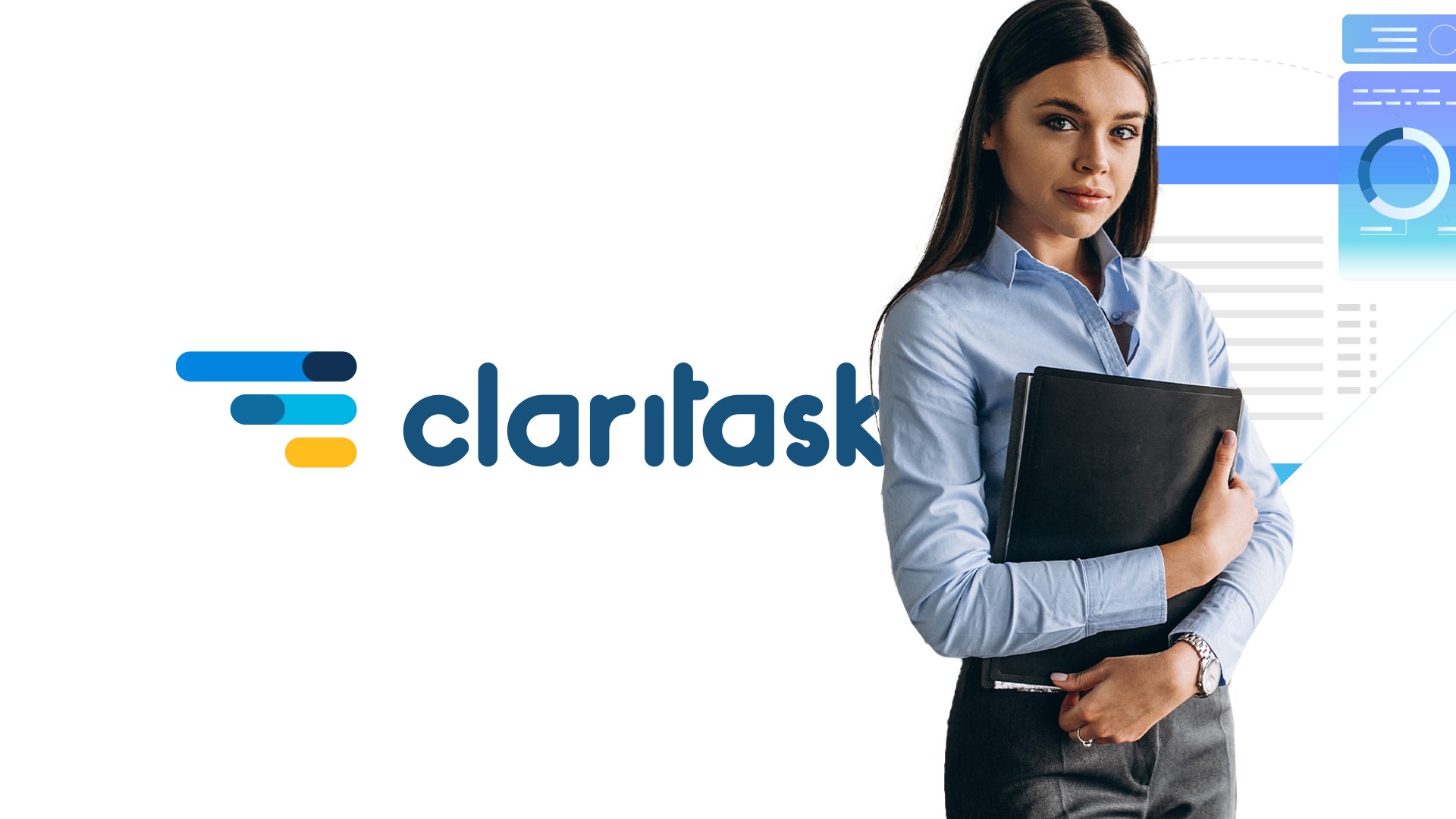Rev Up Your Productivity With Claritask: The Ultimate Agile Tool!
Are you tired of traditional project management methodologies that lead to stalled progress and missed deadlines? Look no further than agile project management! This dynamic approach emphasizes quick bursts of productivity to get projects done efficiently and effectively.

And the results speak for themselves: companies engaged in agile methodologies boast an impressive 64% success rate, compared to a meager 49% success rate for projects under competing methodologies like Waterfall.
But what exactly is agile project management? How can your organization experience the power of agile with Claritask? Let’s dive into the answers and statistics that back up this effective work process.
What is Agile Project Management?
Agile project management is a way of working on a project that allows a team to be flexible and make changes easily as they go along.
Imagine you are building a sandcastle on the beach. If you were using agile project management, you would start with a basic design, but be open to changing it as you build. For example, if you find out that the sand is too wet to build the walls the way you planned, you might decide to build a different type of wall instead.
In agile project management, the team works in short periods called "sprints" to complete small pieces of a project, instead of trying to finish everything all at once. This helps the team test their ideas and make changes quickly, instead of waiting until the end to discover problems.
By being flexible and making changes as needed, teams using agile project management can create better and more successful projects.
What is Waterfall Project Management?
For reference, we must touch on the subject of the relatively underperforming “Waterfall” project methodology.
Waterfall project management is a way of managing a big project where everything is planned and all the work happens in a certain order, like a Waterfall. The project is divided into many stages, and each stage must be completed before the next one can start. This means that you can't go back and make changes once you've moved on to the next stage.
Think of it like building a big Lego structure. You have to follow the instructions step by step and you can't go back and change something once you've moved onto the next step. It's a good way to ensure everything gets done in order, but it can also make it harder to change things later on if needed. This is why so many organizations are using Agile, which is more flexible and allows for changes to be made along the way.
Statistics
According to Zippia, we can provide the following compelling statistics for the use of Agile
Over 71% of companies in the United States are now using cutting-edge agile methodologies to supercharge their project results.
Agile projects are nearly 1.5x more successful than Waterfall projects
Companies that adopt Agile have experienced an average of 60% growth in revenue and profit. That's right, by embracing Agile, these companies are seeing some serious gains in their bottom line.
Agile teams are 25% more productive. These teams also get their products to market 50% faster than non-agile teams, making them highly effective in the long run. Much of this can be attributed to Agile keeping teams more focused on the tasks at hand.
Agile has helped 98% of companies become more successful, hence and several Fortune 500 companies have been drawn to Agile as well (Microsoft, IBM, Exxon, Johnson & Johnson)
Claritask
If your organization wants to join the ranks of successful companies and experience the sales growth that comes with being agile, it’s going to need to use a project management system like Claritask which has many agile-friendly features.
Task management: Claritask's task management feature allows teams to break down projects into smaller, more manageable tasks, which can be prioritized, assigned, and tracked. This helps teams stay focused and organized, and to manage their workload more effectively.
Collaboration: Claritask offers a variety of collaboration tools, such as comments, tags, and attachments, which can help team members to communicate effectively and share information and resources. This can be especially important for agile teams, who often need to work closely together to make quick decisions and adjustments.
Boards: Claritask's boards’ feature provides a visual representation of tasks and their status, allowing team members to easily see the progress of a project and identify areas that may need attention. This can help teams to stay on track and make adjustments as needed.
Reporting: Claritask provides several reporting tools that can help teams to analyze their performance and identify areas for improvement. For example, teams can generate reports on task completion rates, time spent on tasks, and team productivity. This can be useful for tracking progress over time and making data-driven decisions.
Time Tracking: This can help team members to estimate how much time they need to complete each task, and identify areas where they may need to adjust their approach.
Overall, Claritask's features are well-suited for agile project management, as they provide a flexible and collaborative platform for managing tasks, tracking progress, and making adjustments as needed.
Conclusion
Agile project management is a modern approach that many companies are using to get things done faster and more efficiently. If you ever start a business or work on a big project in the future, you also want to consider using Claritask to conduct agile project management!




